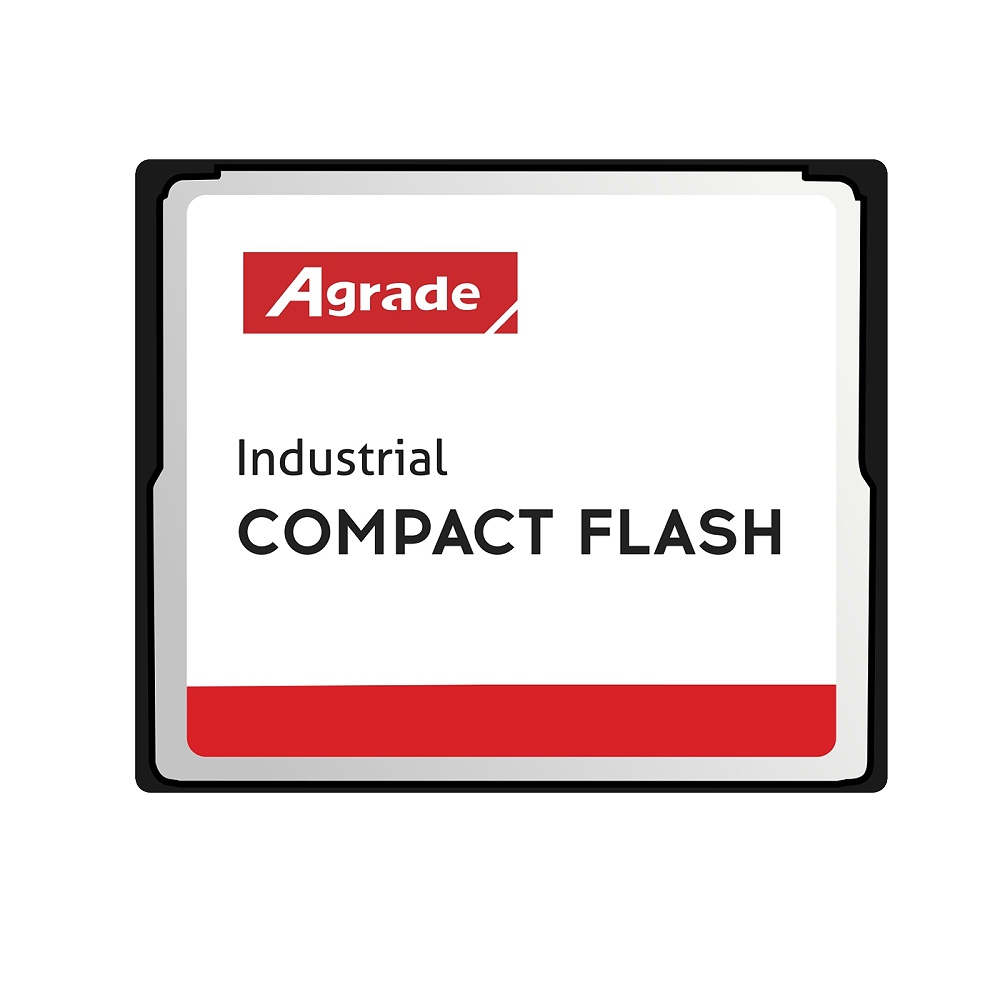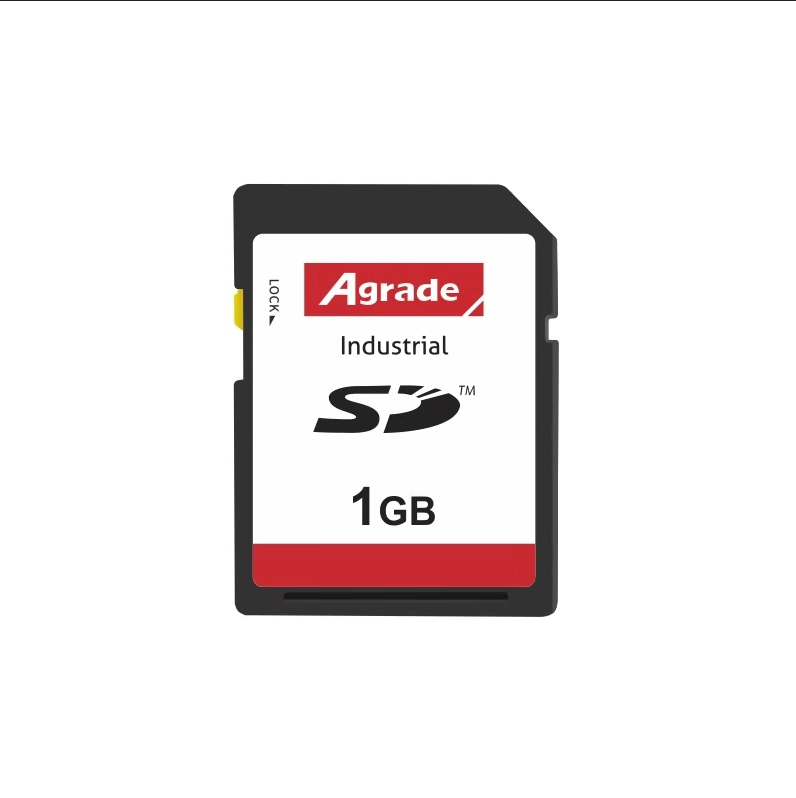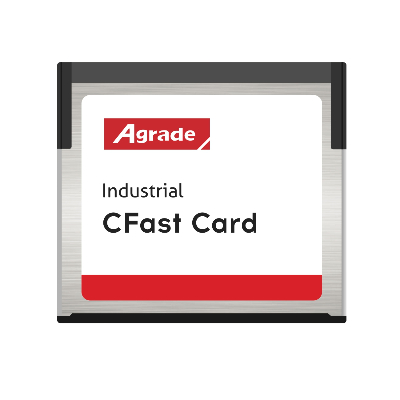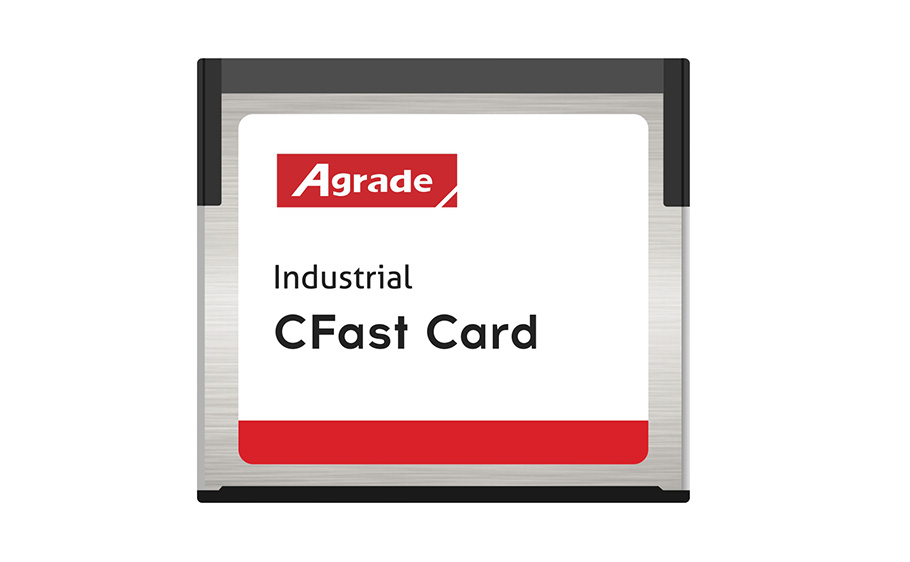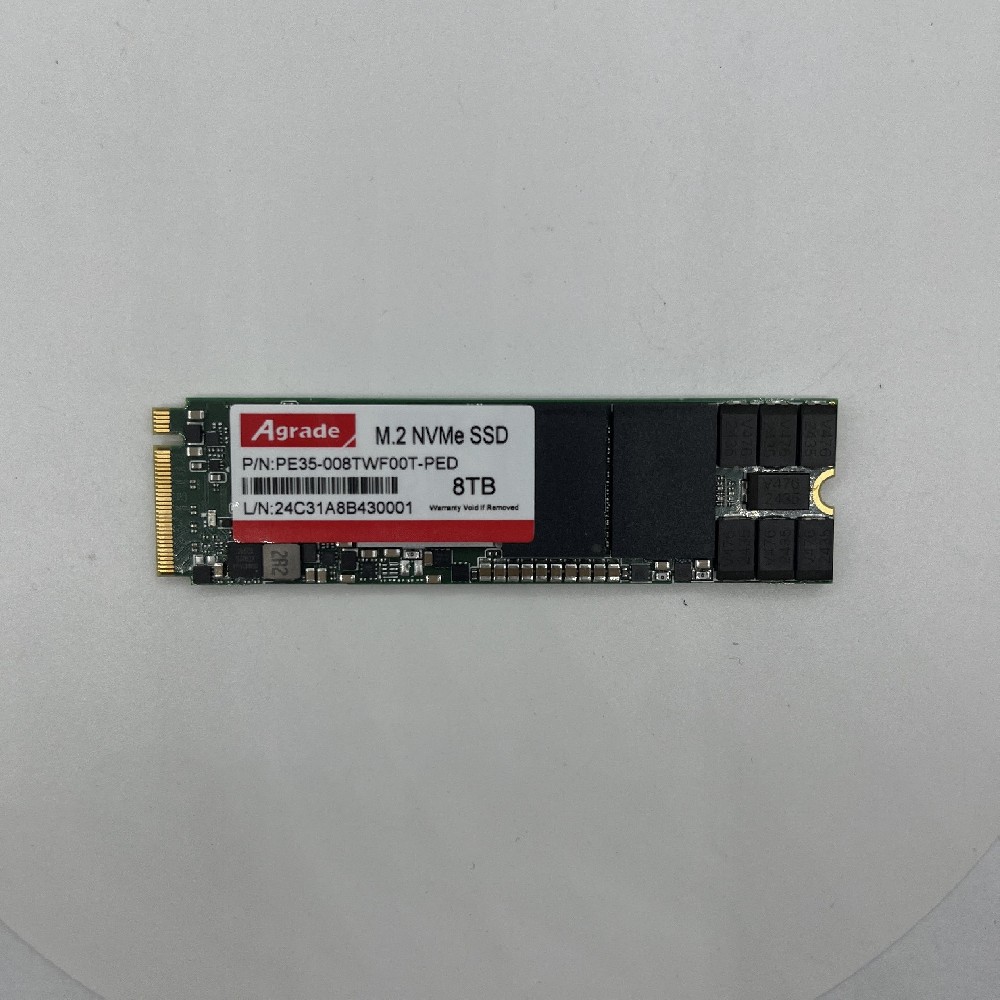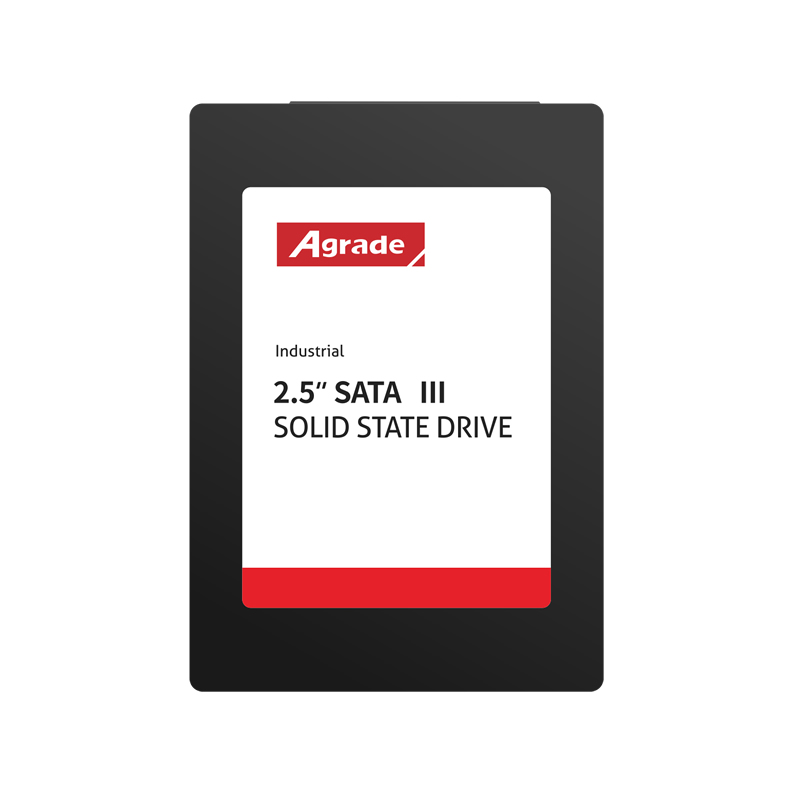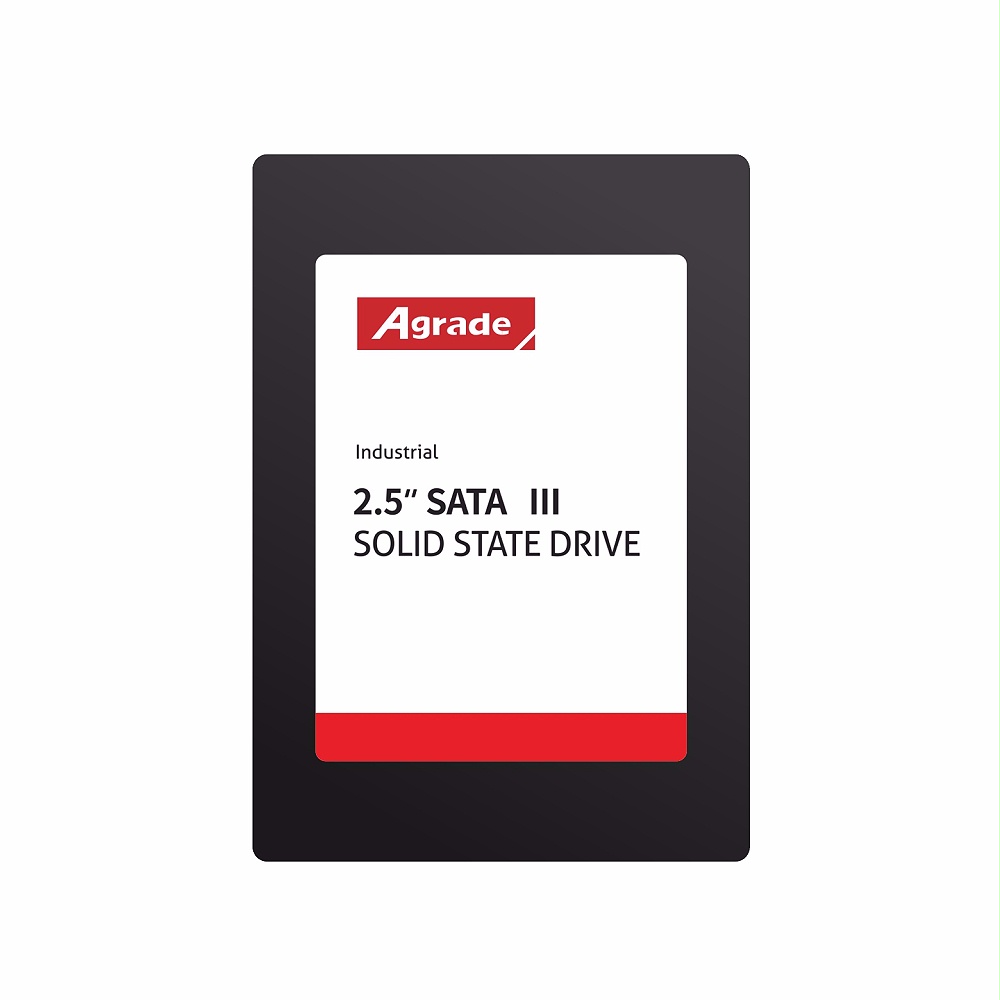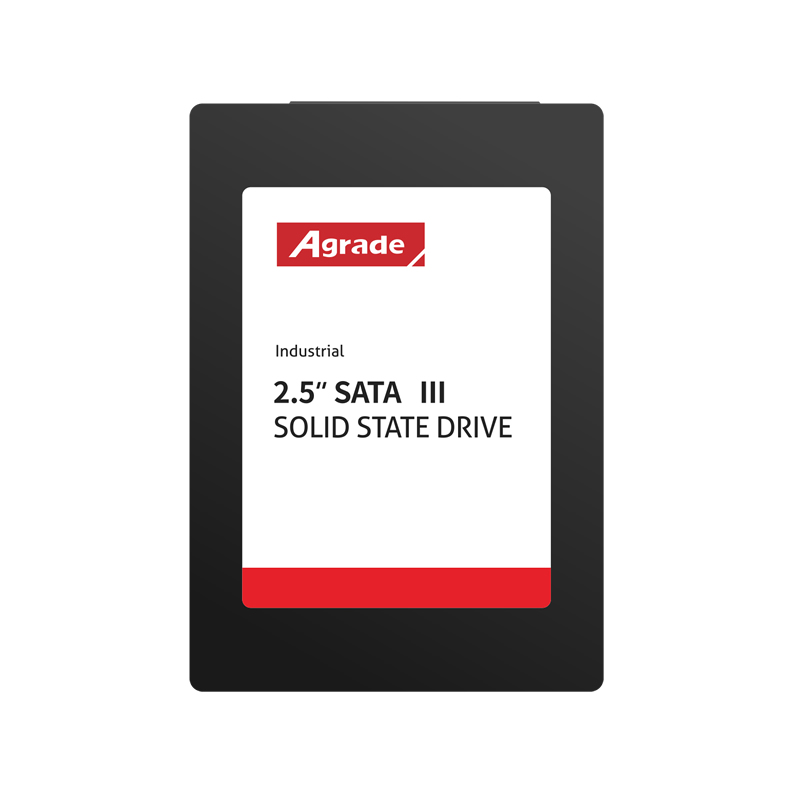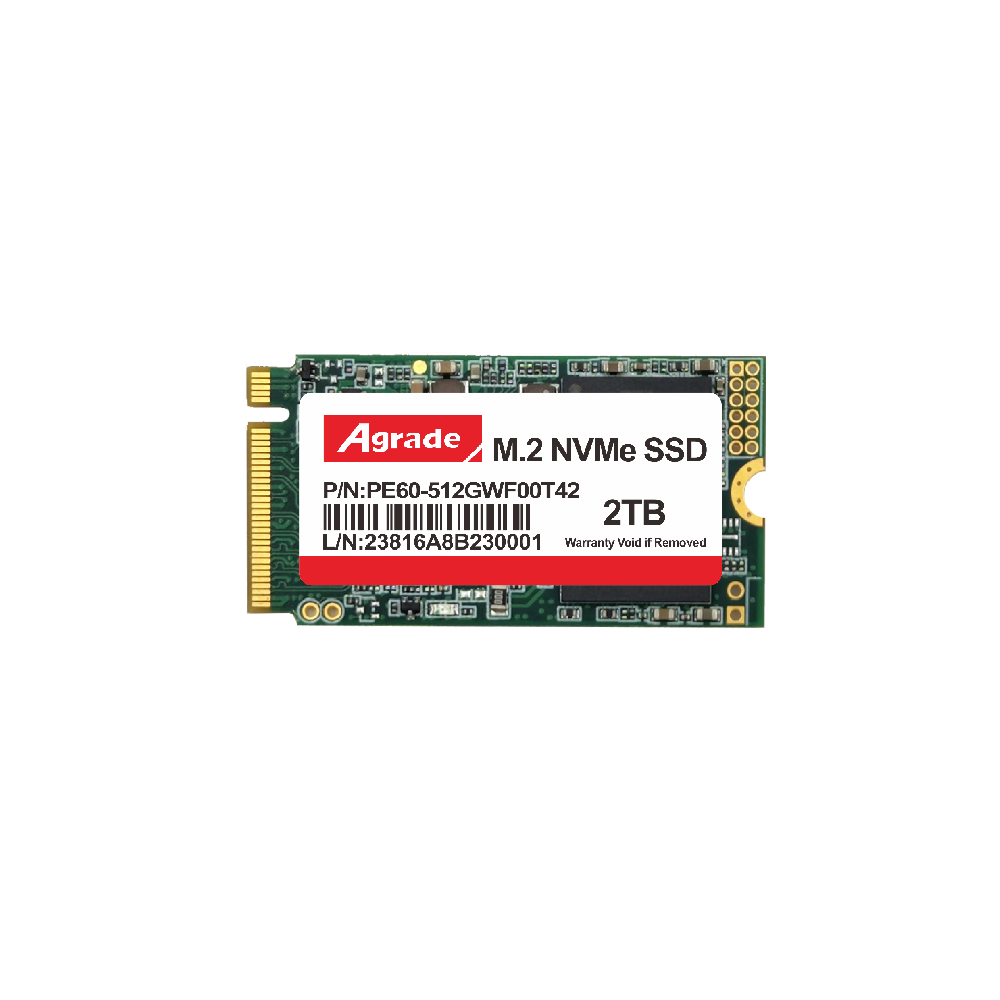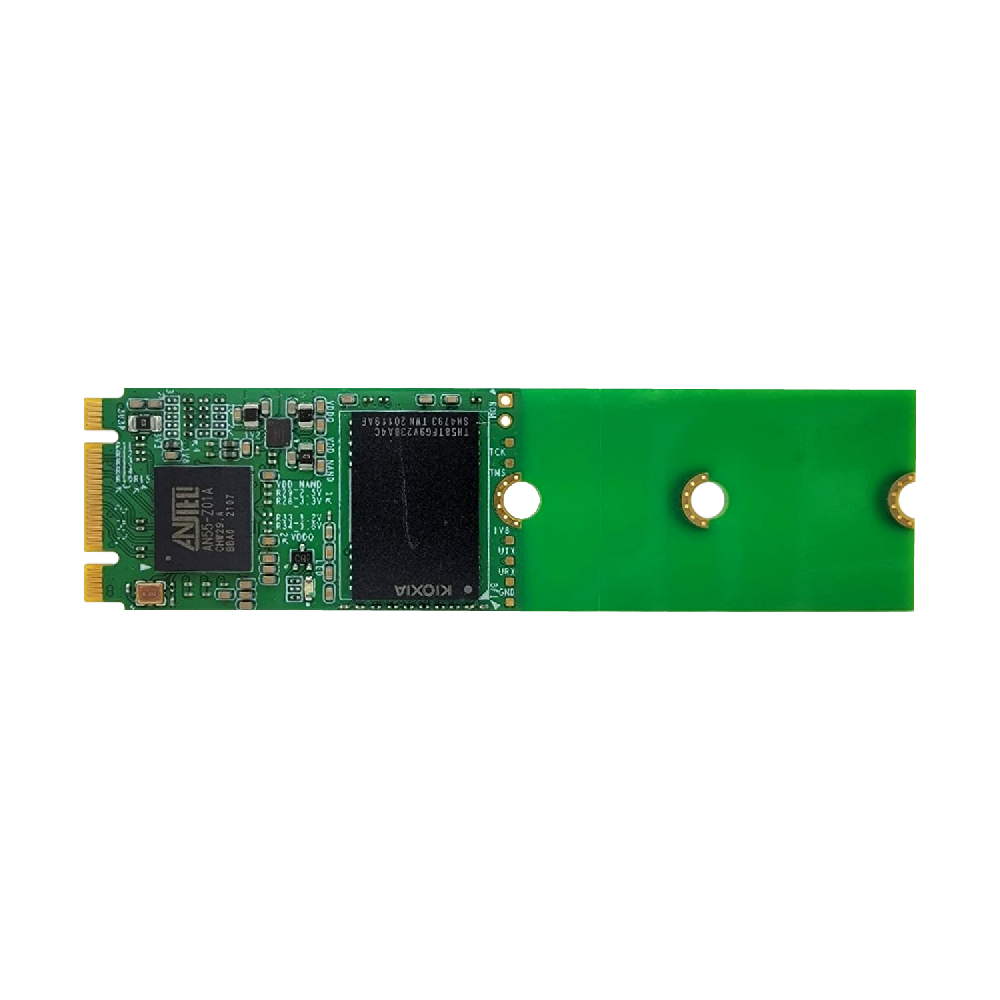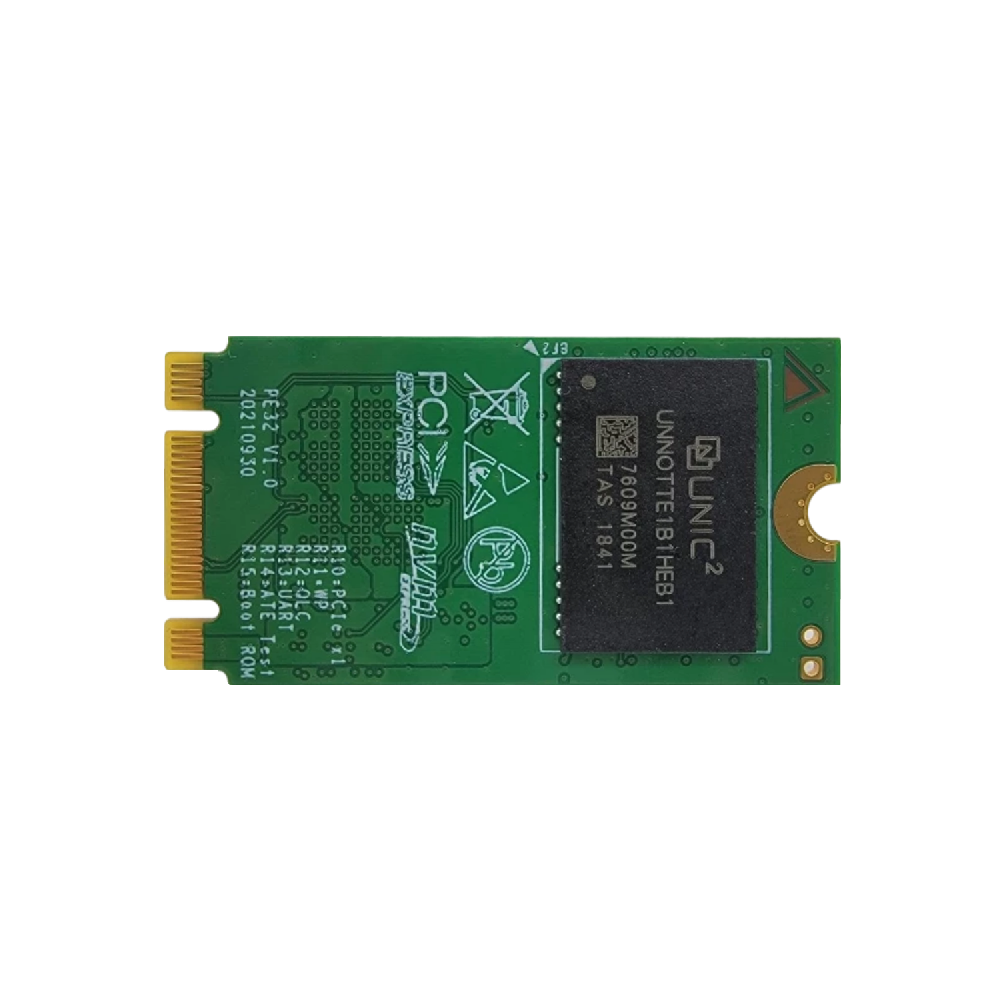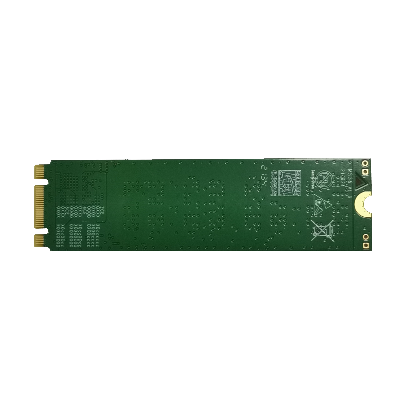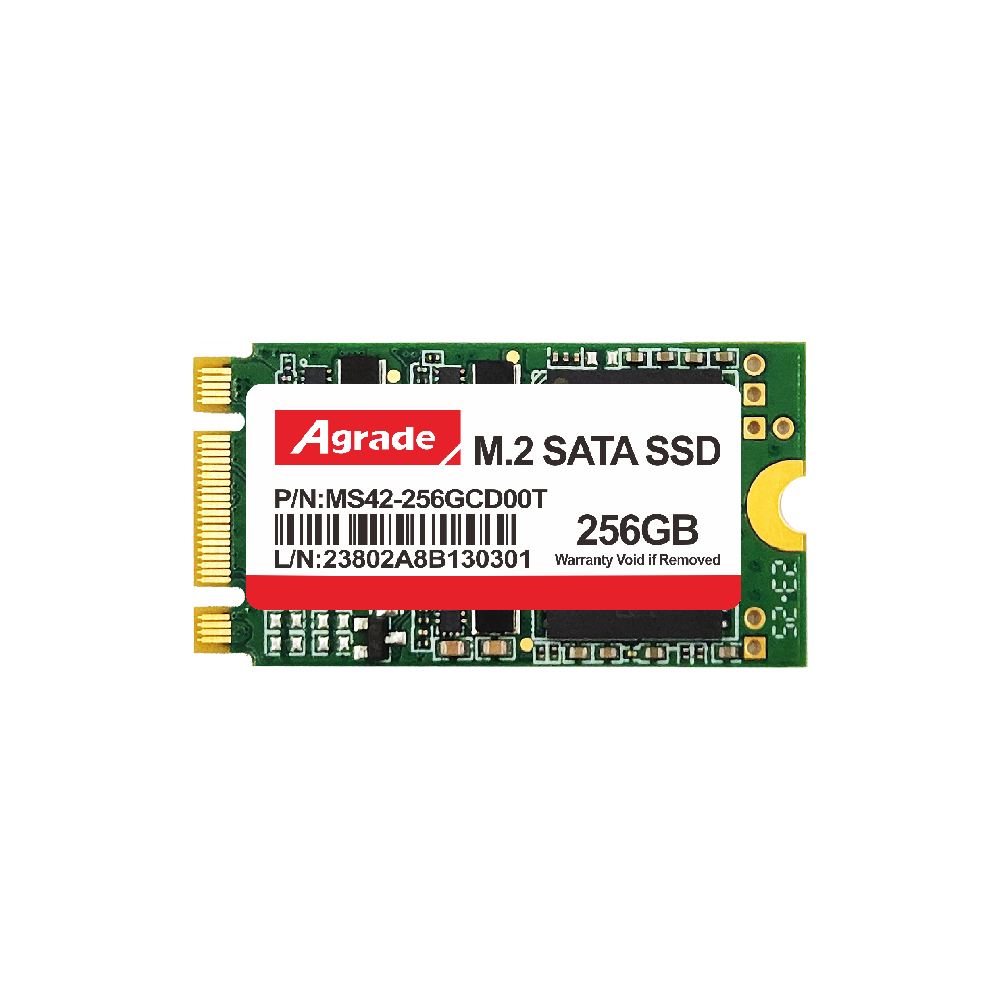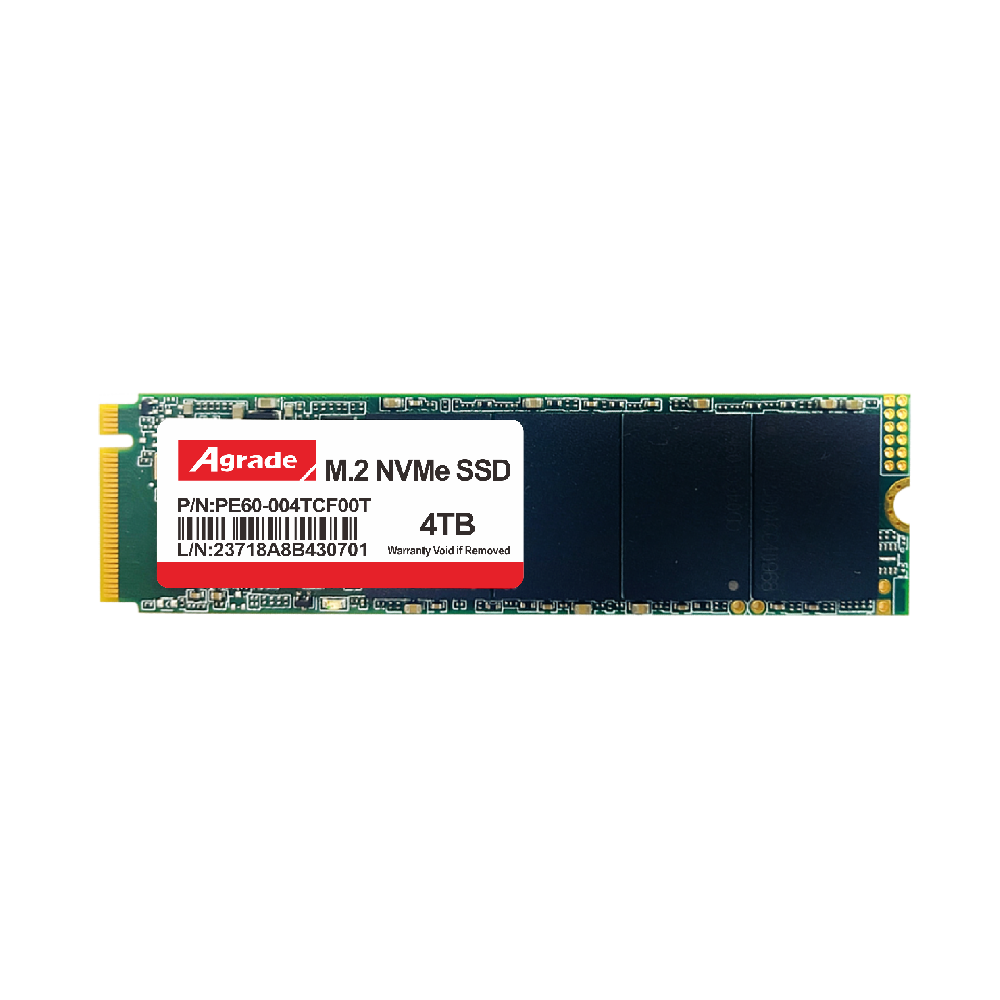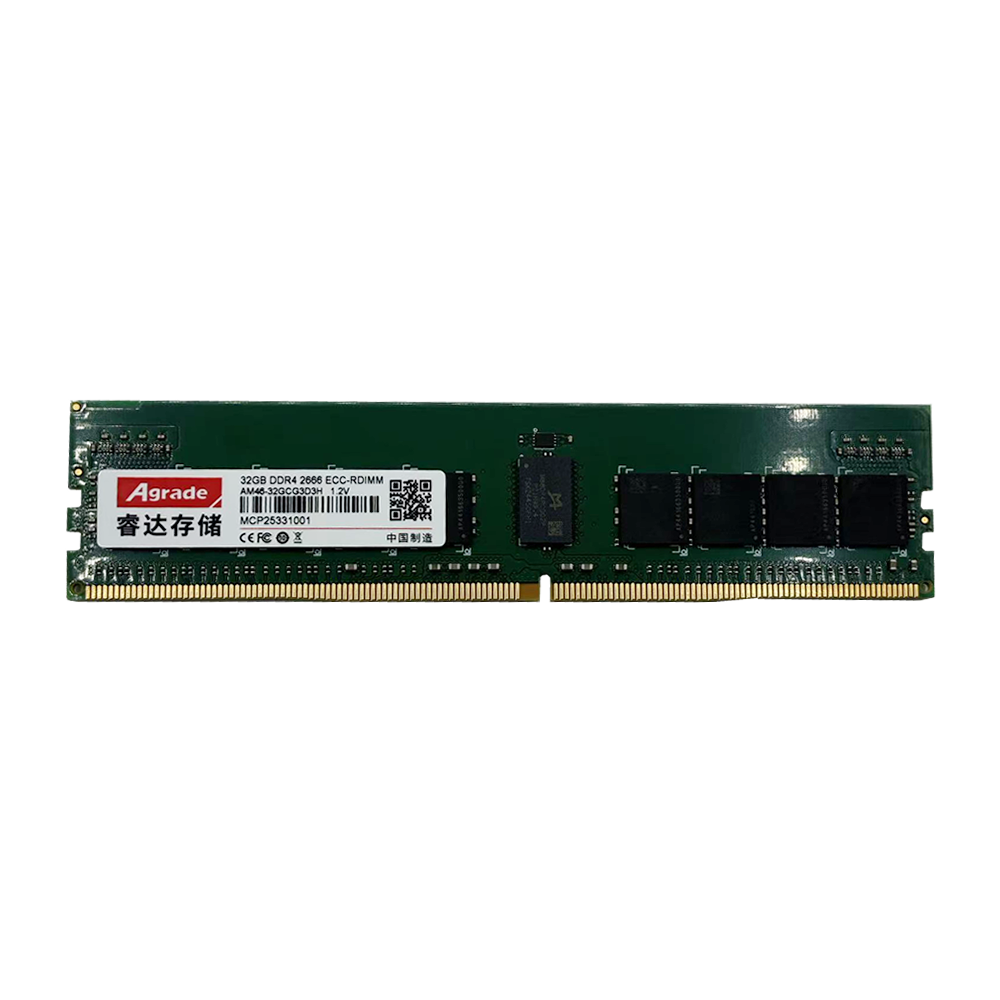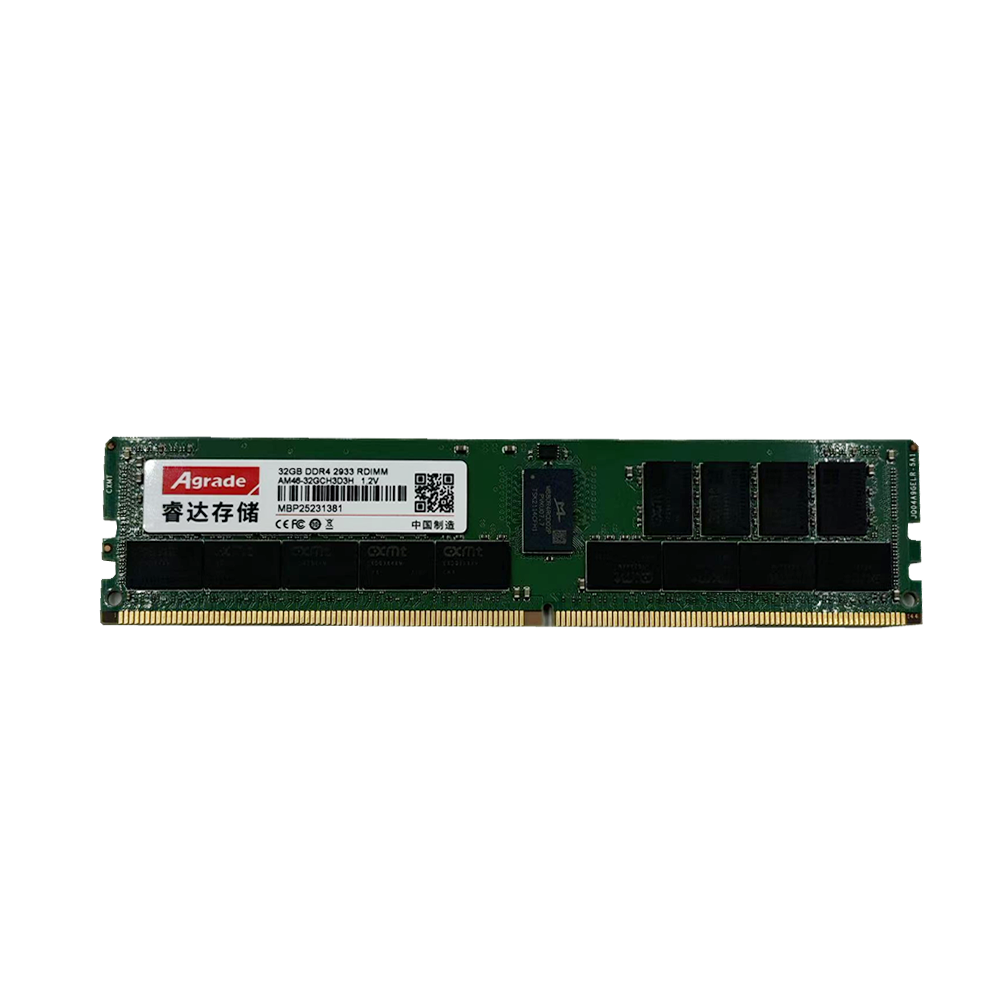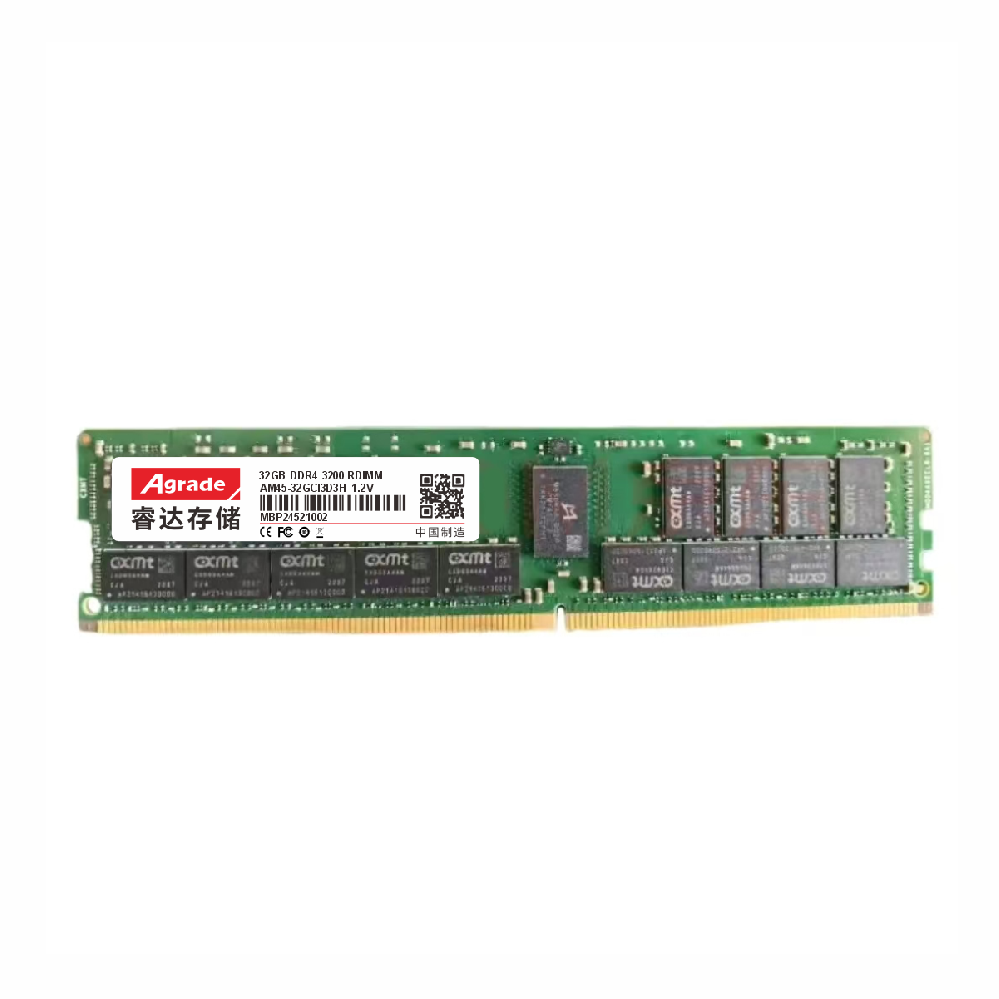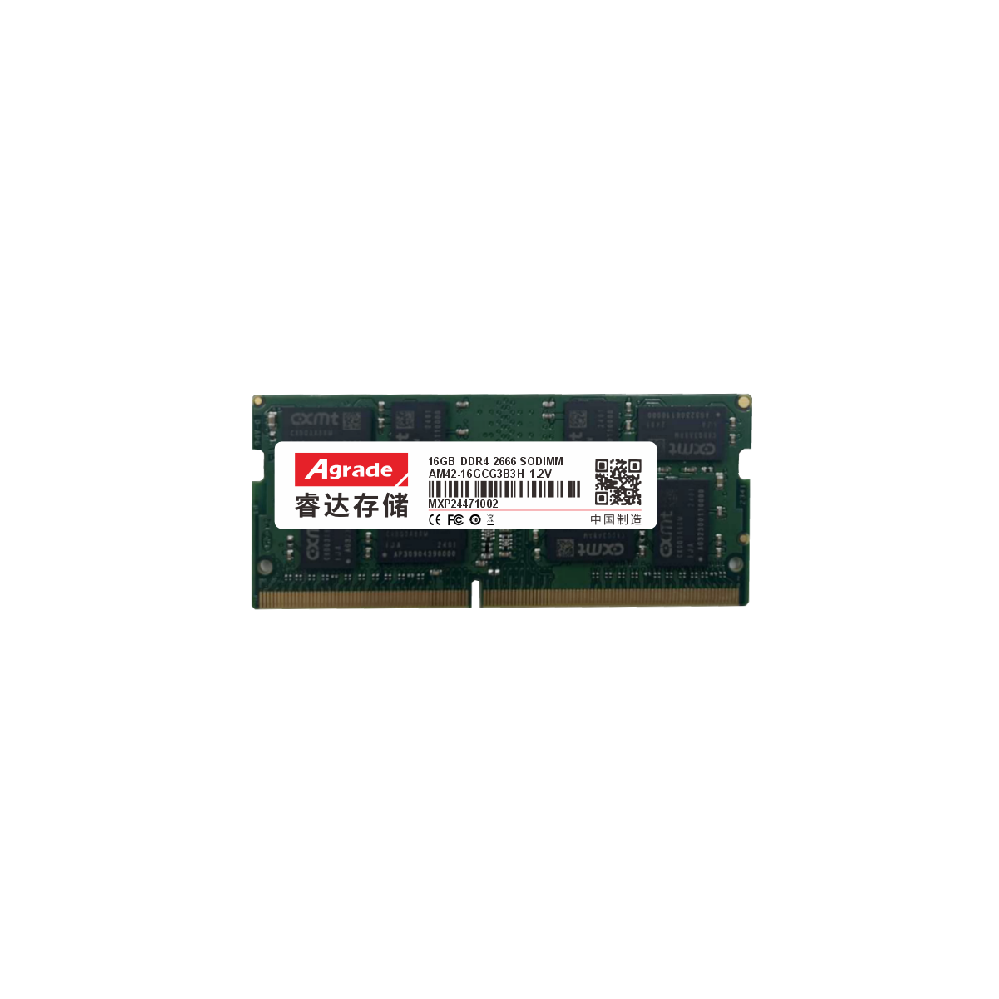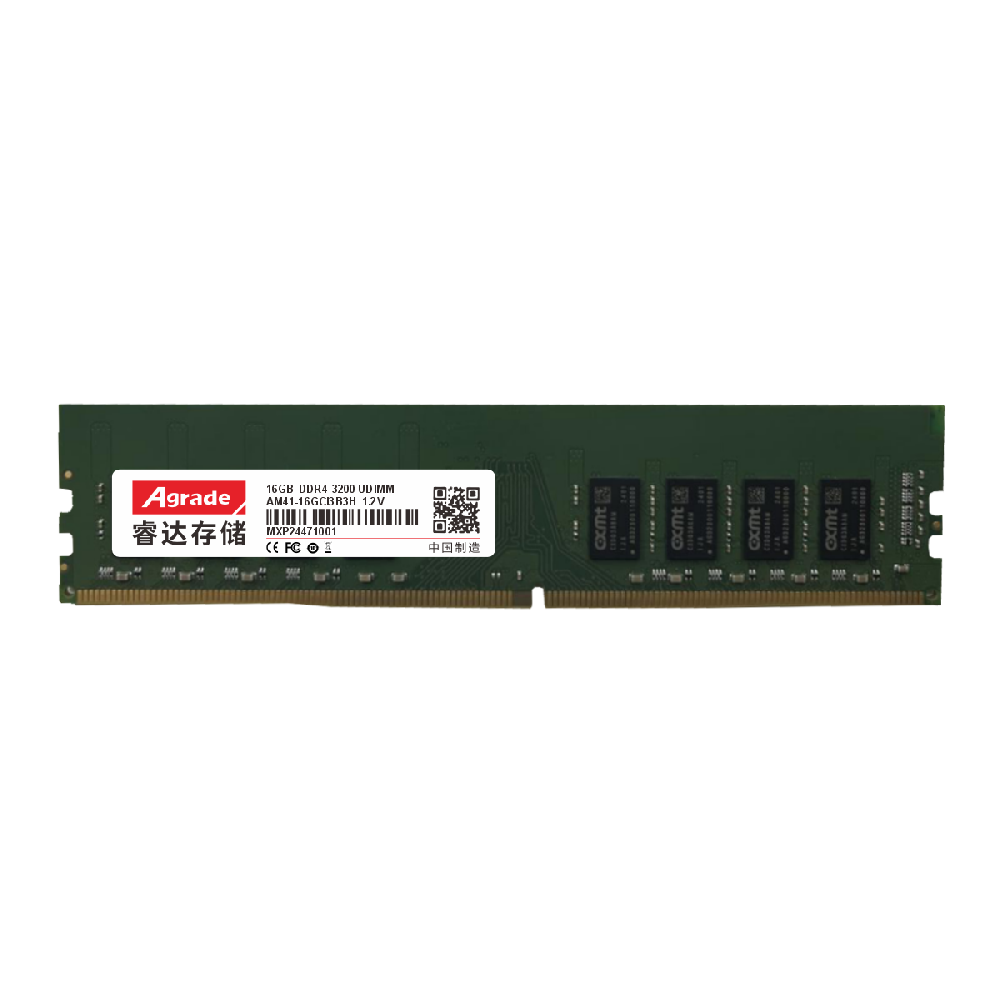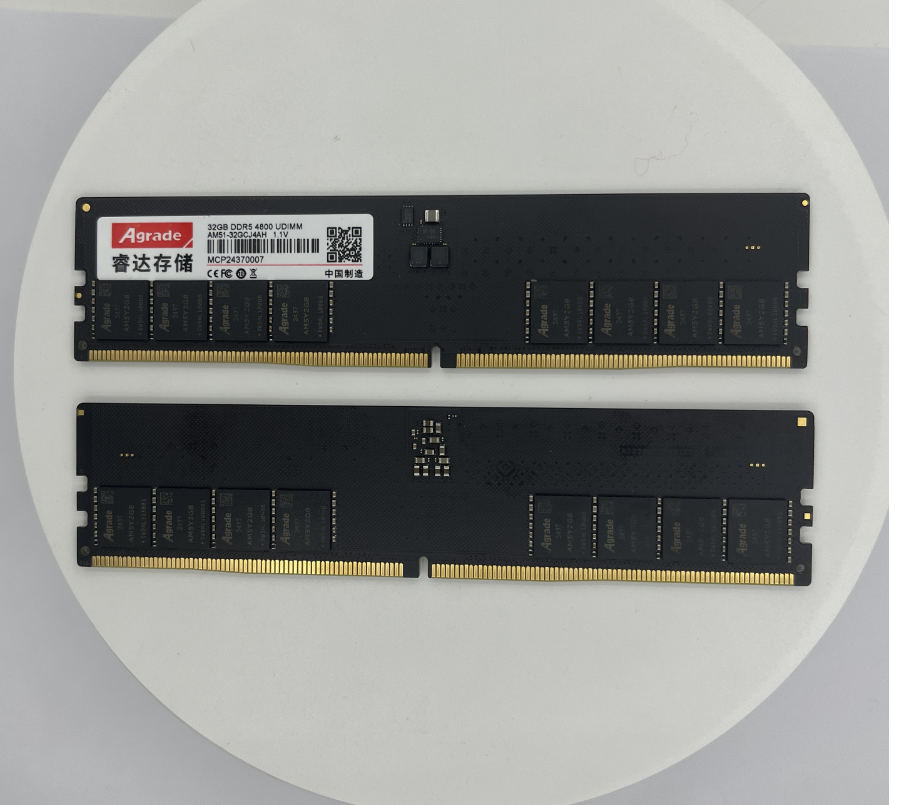

News
 电商部
电商部  2025-11-17 18:26:53
2025-11-17 18:26:53 Industrial SSD vs. HDD: Which Is Better for Industrial Use?
When equipping industrial systems with storage, the choice between industrial SSDs (Solid-State Drives) and HDDs (Hard Disk Drives) is critical — as it impacts reliability, performance, and operational costs. While HDDs have long been used for general storage, industrial SSDs have emerged as the superior choice for industrial environments. Below is a detailed comparison to help you decide:
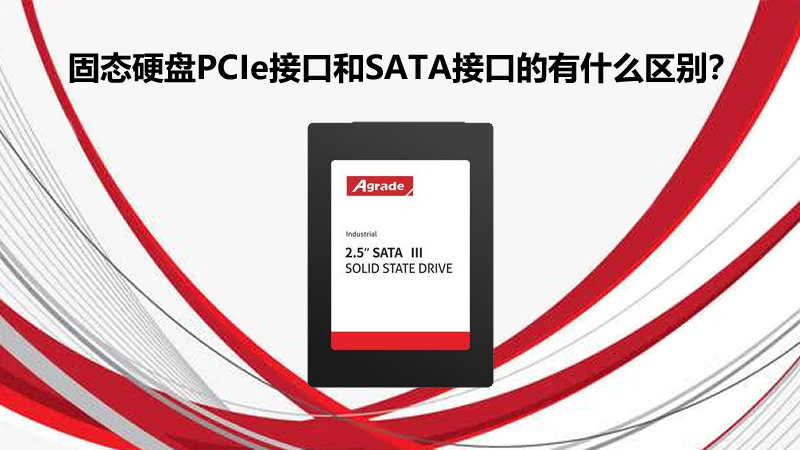
Core Differences in Design & Durability
The most fundamental difference lies in their physical design. HDDs use spinning platters and moving read/write heads to access data, making them highly vulnerable to shock, vibration, and temperature fluctuations — common in industrial settings. Industrial SSDs, by contrast, have no moving parts. They use NAND flash memory to store data, making them resistant to shock (up to 100g), vibration (up to 20g), and extreme temperatures (-40°C to 85°C).
Failure Risk: HDDs fail frequently in industrial environments. A single drop or jolt can damage the platter or head, leading to catastrophic data loss. Industrial SSDs have an MTBF (Mean Time Between Failures) of 2–5 million hours, compared to HDDs’ 1–2 million hours. For example, a factory using HDDs for data logging might experience 2–3 failures per year, while industrial SSDs could operate for a decade without issues.
Environmental Tolerance: HDDs typically operate within 0°C–60°C and struggle with humidity or dust. Industrial SSDs are engineered to meet MIL-STD-810G or IEC 60068 standards, withstanding moisture, dust, and electromagnetic interference (EMI) — essential for sectors like mining, offshore energy, or transportation.
Performance: Speed & Latency
Industrial applications often require real-time data processing, where speed and low latency are critical. Industrial SSDs outperform HDDs in every performance metric:
Read/Write Speeds: Industrial SSDs offer sequential read speeds up to 7000 MB/s (NVMe models) and write speeds up to 6000 MB/s. HDDs max out at 200 MB/s sequential read and 150 MB/s write. For example, an autonomous vehicle processing 5GB of sensor data per minute needs an SSD to avoid lag — an HDD would take 25 seconds to write 5GB, causing delays in decision-making.
Latency: Industrial SSDs have latency as low as 0.1ms, while HDDs have 5–10ms latency. This matters for applications like industrial automation, where PLCs need instant access to data to control robotic arms or production lines.
Random Access: Industrial SSDs excel at random read/write operations (accessing small, scattered data), which are common in IIoT and smart manufacturing. HDDs struggle with random access because the read/write head must physically move to different parts of the platter.
Lifespan & Maintenance
Industrial systems require storage solutions that can operate 24/7 for years without maintenance.
Wear & Tear: HDDs have a lifespan of 3–5 years in industrial settings, as spinning platters and moving parts degrade over time. Industrial SSDs last 5–10 years, with SLC NAND models enduring 100,000+ program/erase (P/E) cycles — enough for continuous write operations in data logging applications.
Maintenance Costs: HDDs require regular checks and replacements, leading to downtime and labor costs. Industrial SSDs are low-maintenance, with features like wear-leveling and bad block management that extend lifespan and reduce the need for intervention. For example, a power plant using HDDs might spend $10,000 per year on maintenance, while industrial SSDs could cut that cost by 70%.
Cost Considerations
HDDs have a lower upfront cost — a 4TB HDD costs around $100, while a 4TB industrial SSD costs $300–$500. However, the total cost of ownership (TCO) tells a different story:
Downtime Costs: A single HDD failure in a factory can halt production for 8–12 hours, costing $10,000–$100,000 in lost revenue. Industrial SSDs’ lower failure rate reduces this risk dramatically.
Replacement Frequency: HDDs need to be replaced every 3–5 years, while industrial SSDs last 5–10 years. Over a decade, a 4TB HDD setup would require 2–3 replacements (total cost $200–$300), plus downtime costs. An industrial SSD would cost $300–$500 upfront but no replacements or downtime costs.
When to Choose HDDs
HDDs may be suitable for non-critical industrial applications with:
Stable environments (no shock, vibration, or extreme temperatures).
Low performance needs (e.g., archival storage of rarely accessed data).
Tight budget constraints where downtime risks are low.
Conclusion
For most industrial applications, industrial SSDs are the clear choice. Their rugged design, superior performance, longer lifespan, and lower TCO make them indispensable for mission-critical systems. HDDs are only viable for niche use cases with minimal environmental stress and low performance demands. As industries digitize and adopt IIoT, the gap between industrial SSDs and HDDs will widen — making industrial SSDs the standard for reliable industrial storage.

